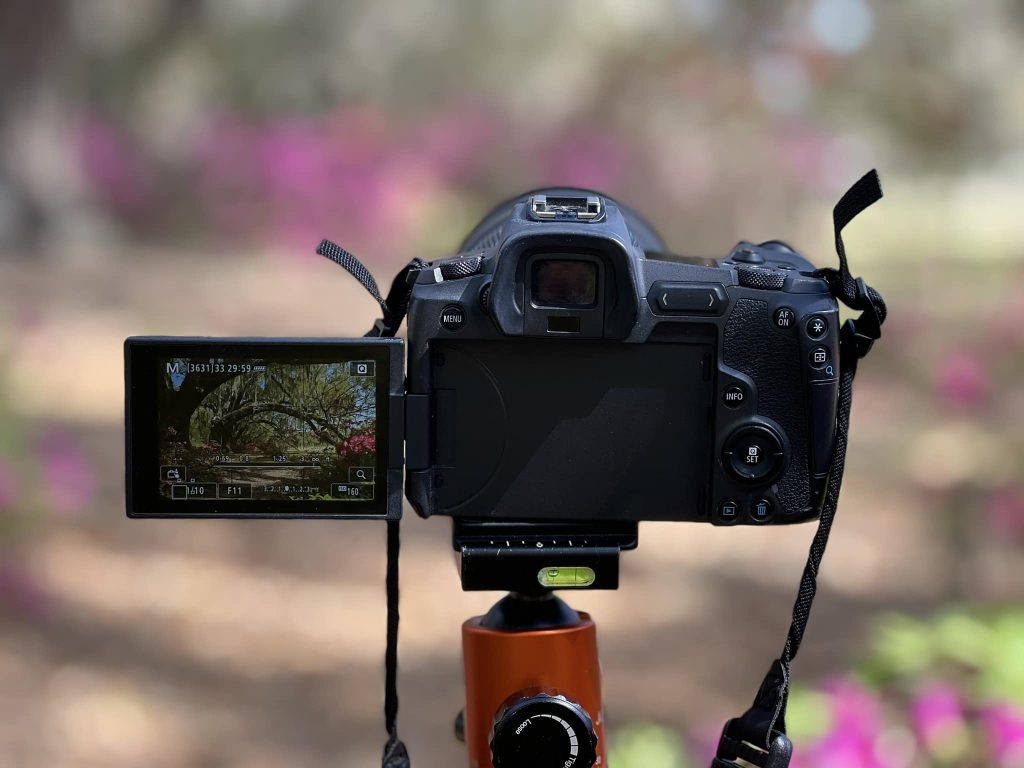In the world of visual storytelling, photography stands as a testament to our collective desire to freeze moments in time and preserve memories. As a professional portrait photographer, it’s essential to appreciate the rich history that has shaped the art and science of photography. In this blog post, let’s embark on a journey through the captivating history of photography, tracing its evolution from early experiments to the sophisticated art form we know today.
- The Birth of Photography: The roots of photography can be traced back to the early 19th century. In 1826, Joseph Nicéphore Niépce produced the world’s first known photograph, titled “View from the Window at Le Gras.” This marked the beginning of a revolutionary era in visual documentation.
- Daguerreotype and Commercialization: In 1839, Louis Daguerre introduced the daguerreotype, a photographic process that gained immense popularity. This marked the first commercially successful form of photography, allowing people to have their portraits taken for the first time.
- Calotype and Paper Photography: Concurrently, William Henry Fox Talbot developed the calotype process, introducing the use of paper negatives. This innovation allowed for multiple positive prints to be made from a single negative, paving the way for the mass production of photographs.
- Evolution of Photographic Processes: Throughout the 19th century, various photographic processes emerged, including tintypes, ambrotypes, and albumen prints. Each introduced new possibilities and refined the art of capturing and reproducing images.
- Pioneering Color Photography: The early 20th century saw the advent of color photography. Pioneers like the Lumière brothers and Sergey Prokudin-Gorsky experimented with different color processes, leading to the eventual development of more practical and widespread color photography techniques.
- Leica and 35mm Photography: The introduction of the Leica camera in 1925 revolutionized photography by popularizing 35mm film. This compact format allowed for more spontaneous and mobile photography, changing the way photographers approached their craft.
- Photography in Journalism: The mid-20th century witnessed the integration of photography into journalism. Photojournalists like Henri Cartier-Bresson and Dorothea Lange captured iconic images that told powerful stories and shaped public perception.
- The Digital Revolution: The late 20th century brought about the digital revolution in photography. The invention of digital cameras and advancements in image sensor technology transformed the way images were captured, stored, and shared.
- Rise of Smartphone Photography: The 21st century saw the rise of smartphone photography, making everyone a potential photographer. The accessibility of high-quality cameras in smartphones has democratized the art form, allowing individuals to capture and share moments effortlessly.
- Contemporary Photography: Today, photography is a diverse and dynamic field. From traditional film photography to cutting-edge digital manipulation, contemporary photographers push boundaries, experimenting with new techniques, styles, and ways of storytelling.
The history of photography is a captivating journey that mirrors our evolving relationship with visual representation. As a professional portrait photographer, I draw inspiration from the pioneers who paved the way and the technological advancements that continue to shape this ever-evolving art form. By understanding the history of photography, we gain a deeper appreciation for the craft and the profound impact it has had on how we perceive and preserve the moments that define our lives.


